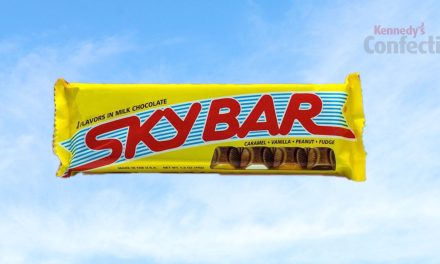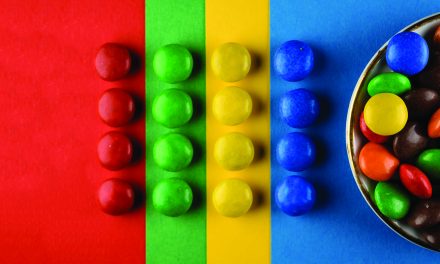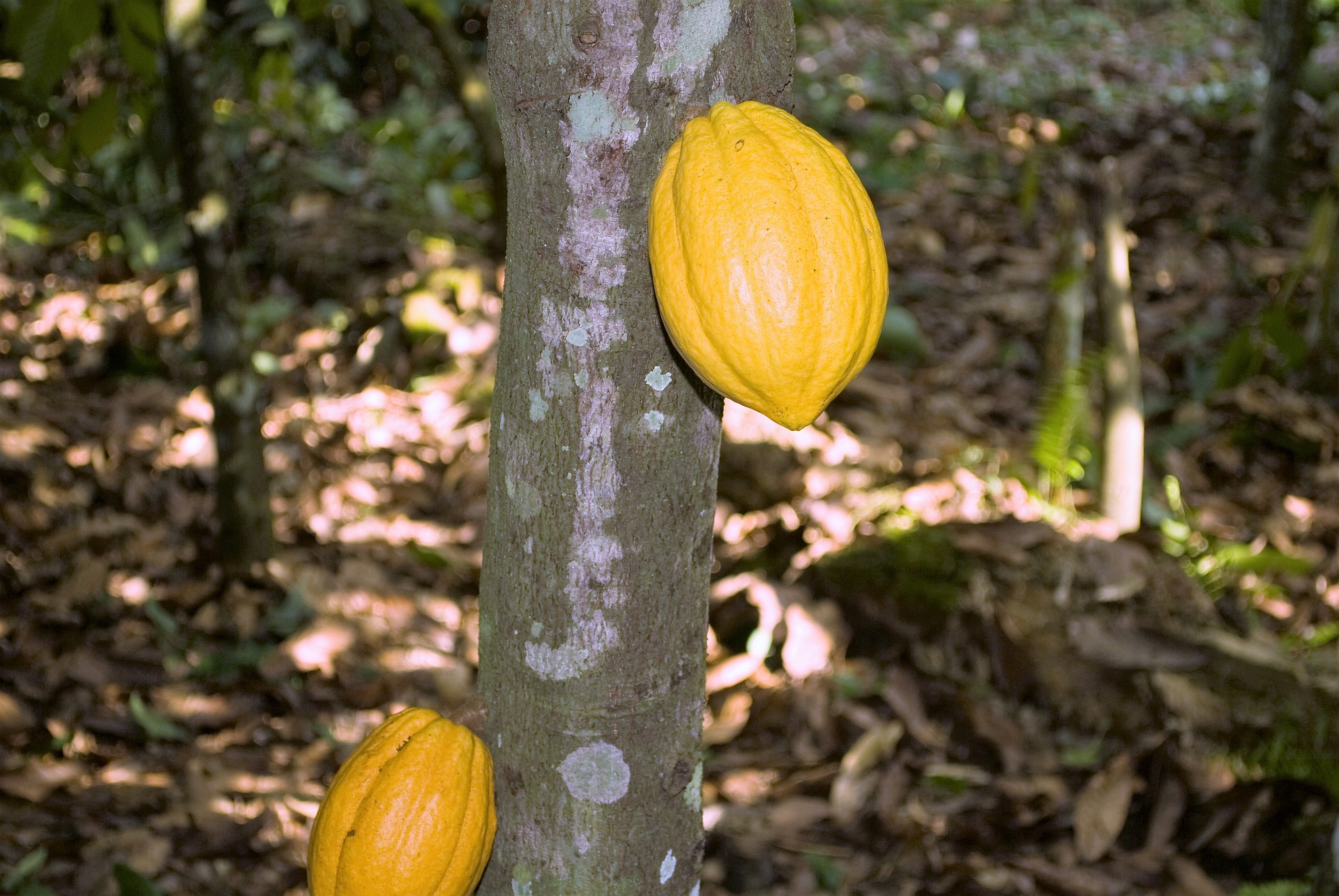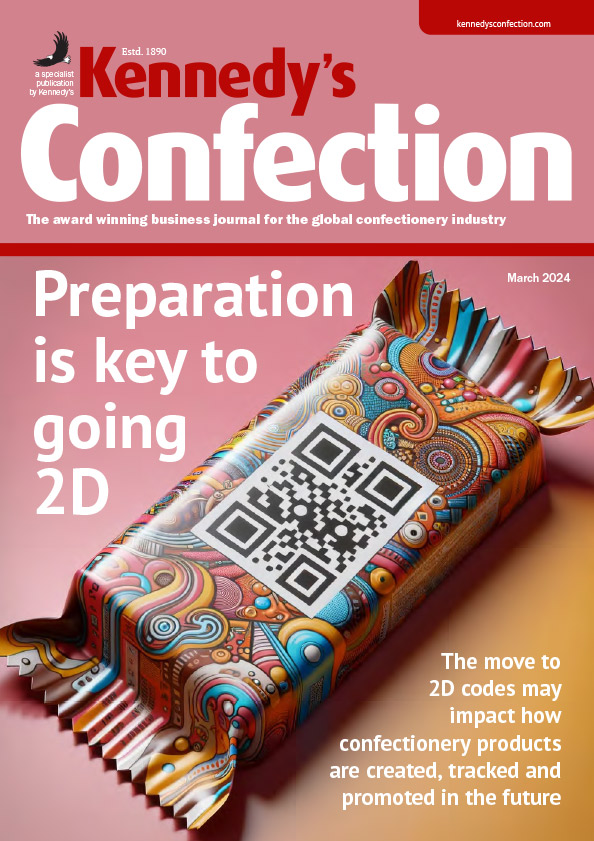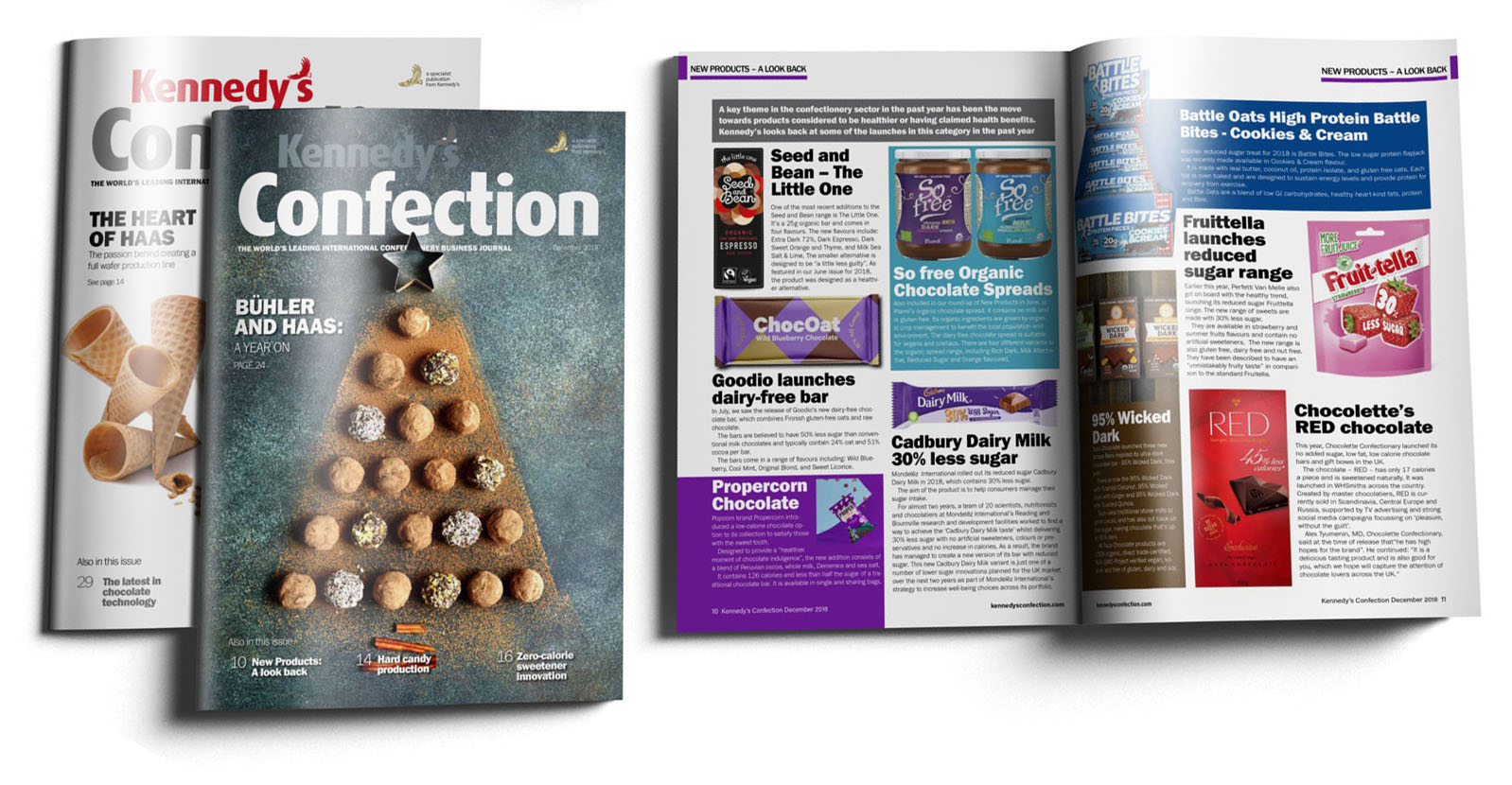Suzanne Callander reports on the impact of the Covid-19 pandemic and emerging social media trends on consumer behaviour, when it comes to the colour of their confectionery.
Colour has always been an important consideration for confectionery producers – quite simply because it provides the initial visual appeal that makes consumers want to purchase a product in the first place.
Research undertaken by Innova Market Insights indicates that one-in-four consumers globally has become more concerned about their immune health than they were before the onset of the Covid-19 pandemic. This means that consumers are becoming even more interested in the provenance of the food they consume, which translates into the fact that today consumers are showing a much greater interest in clean-label confectionery – and they are looking for more natural and healthy colour alternatives in their confectionery.
In addition to wanting more healthy confectionery, Lotte Jeppesen, Industry Business Manager Confectionery at Oterra, points out that, post-Covid, more than one-in-two consumers globally have said that they want to be more adventurous with their food choices. Lotte says: “Natural colours tell a powerful story and creates the opportunity for adventure and to explore the planet through consumer experiences.”
Backing up Lotte’s statement, did you know that, according to Mintel’s Global Food Trends 2021, over 50% of Chinese consumers share food and drink information on social media. This can be a visual of their own cooking, recipes, or the foods they consume. Meanwhile in South Africa and Mexico, one-third of consumers do the same thing.
Oterra has recognised that consumer experience is a growing trend. Lotte says: “We know that consumers are seeking out new experiences. Increasingly we are all ‘eating with our eyes’ and in addition, are making more purchasing decisions based on what we see and experience online – on social media, for example. Colour is the first sense on social media and is also central to how we experience the world. We can use colour to tell stories and connect consumers to their core interests, to create new experiences that can be shared digitally through social media, activating networks, and resonating far beyond the product purchase.”
Lotte has a point. Could you imagine being tempted to eat grey coloured M&Ms or indeed, any other grey coloured candy? The answer is probably not, and with good reason! Not only would it be impossible to guess the flavour, but it would certainly not catch the consumers eye for the right reasons.
Walking down the confectionery aisle in supermarkets today consumers are bombarded by a myriad of bright, vibrant colours, all of which are purposely selected to try and attract consumers, so there really is no bigger factor that can contribute to the success or failure of a confectionery product than its colour. In addition, whether we like it or not, there is a need to consider the growing role that social media is playing on consumer buying patterns, which makes colour even more vital.
“Natural colours can be the differentiator that confectionery manufacturers need to really hit the sweet spot”
To ensure that confectionery also meets consumers growing demand for more natural, healthy options, Lotte goes on to explain that there is a good natural colour match for most artificial colours. “For yellow and orange shades, there is turmeric and annatto. For pink and red, there are the options of well-known fruits and vegetables such as beetroot, black carrot, and sweet potato, while for blue, spirulina is becoming an increasingly popular choice.”
Blue has always been one of the more difficult colours to find a natural alternative for, yet it is also a colour that attracts attention. Confectioners opting for a natural blue colouring solution often turn to spirulina – a blue-green algae that also contains a number of beneficial nutrients. According to Mintel, the use of spirulina-based colouring accounted for 21% of coloured sugar and gum confectionery launches in 2020.
Crucially though, Colouring Foods – food ingredients used by the food industry for the primary purpose of imparting colour to food and beverage products which are manufactured from fruits, vegetables, flowers, spices, algae and/or other edible source materials – do not require E numbers and can be described on ingredients listings in a way that provides reassurance to the consumer – such as concentrates. With the clean-label trend showing no sign of abating the use of natural food colours continues to grow. Indeed, according to Mintel, Colouring Foods featured in more than one-quarter of all sugar and gum confectionery launched in Europe in 2020.
Social media
Pat Hanson, Managing Director of Sensient Food Colours EMEA at Sensient Technologies, also commented on the growing importance of social media in a recent blog. He explained that while online ‘shareability’ is now a major innovation theme for food and beverage manufacturers, ‘instagramability’ is not the only driver behind the growing interest in colour. He cites Sensient research from the US, (Sensient US Online Consumer Study 2015-2020) which showed that colour vibrancy will impact how we perceive taste. “In many instances, colour has a greater impact on taste perception than flavour,” he says.
The Sensient research found that, in 2015, one-third of US consumers were ‘very concerned’ about artificial colours. In 2020, that number had jumped to almost 50%, with only 18% saying they are not concerned about artificial colours. Meanwhile, in Europe, Mintel reported in 2019 that four-in-10 consumers consider ‘no artificial ingredient’ as the most important factor when looking for more healthy labels.
Pat pointed out that consumers have an increasing interest in ‘better-for-you’ nutrition and a desire to increase the amount of healthy options. “Combining the desire for natural ingredients with humans’ inherent preference for brightly coloured food, there is no doubt that confectionery producers, along with all food producers, need to ensure that they understand how these trends affect their brand. Brand owners need to be aware that colour will have a significant impact on purchase intent, overall product preference, and flavour perception,” he says.
Consider organic
Also appealing to health-conscious consumers, organic colours should also now be a serious consideration.
“Health and sustainability concerns have become increasingly important for consumers today and organic claims can offer an effective way to boost your confectionery products’ appeal,” says Teresa Fischer, Technical Sales Manager at GNT Europa.
Products can be described as organic if they comply with organic farming standards, advises Teresa. “While these standards do vary between countries, they generally demand practices that maintain ecological balance and restrict the use of certain pesticides and fertilisers. Furthermore, organic foods are typically not processed using irradiation, industrial nor synthetic solvents.”
Mintel research shows that European shoppers strongly believe that organic products are ‘cleaner’ and healthier and that organic claims can help brands deliver against demands for transparency and sustainability. It is little surprise, therefore, to find that, in 2020, Euromonitor also identified organic to be among the top three online product claims for confectionery.
However, Euromonitor studies have also suggested there can be a perception that organic food looks ‘dull’ and ‘unappealing.’ While these attitudes are changing, attractive colours are essential to ensure that organic confectionery has strong shelf appeal. Research also shows that the hue and intensity of foods’ colouring can have a dramatic impact on expectations of their flavour – and often on the experience of the flavour, too.
The organic trend looks set to have a significant impact on the confectionery industry, with shoppers increasingly seeking out natural, healthier, and more sustainable products. If you are seeking to address this trend, don’t forget that consumers really do buy with their eyes, so colour will remain a key selling point.
Very peri
Did you know that every year the Pantone Colour Institute introduces a ‘Pantone Colour of the year’ which, according to Laurie Pressman, Vice President of the Pantone Colour Institute, ‘reflects what is taking place in our global culture, expressing what people are looking for that colour can hope to answer. As society continues to recognise colour as a critical form of communication, and a way to express and affect ideas and emotions and engage and connect, the complexity of this new red violet infused blue hue highlights the expansive possibilities that lay before us’.
This Year’s Colour of the Year is PANTONE 17-3938 Very Peri. Describing the thinking behind its choice, The Pantone Colour Institute says: “We are living in transformative times and PANTONE 17-3938 Very Peri is a symbol of the global zeitgeist of the moment and the transition we are going through. As we emerge from an intense period of isolation, our notions and standards are changing, and our physical and digital lives have merged in new ways. Digital design helps us to stretch the limits of reality, opening the door to a dynamic virtual world where we can explore and create new colour possibilities. With trends in gaming, the expanding popularity of the metaverse and rising artistic community in the digital space PANTONE 17-3938 Very Peri illustrates the fusion of modern life and how colour trends in the digital world are being manifested in the physical world and vice versa.
“Displaying a carefree confidence and a daring curiosity that animates our creative spirit, inquisitive and intriguing PANTONE 17-3938 Very Peri helps us to embrace this altered landscape of possibilities, opening us up to a new vision as we rewrite our lives. Rekindling gratitude for some of the qualities that blue represents complemented by a new perspective that resonates today, PANTONE 17-3938 Very Peri places the future ahead in a new light.”
Take what you will from the Pantone Colour Institute marketing blurb, but there can be no doubting that it certainly is a nice colour!
With the ongoing pandemic and growing plant-based trend, the demand for natural ingredients and transparency have accelerated over the last two years. Coupled with the constant changes of the artificial regulatory landscape and the evolving regulatory landscape for naturally sourced colours, the pressure to move towards natural colours has grown. With constant innovation a must in today’s fast-paced world, natural colours can be the differentiator that confectionery manufacturers need to really hit the sweet spot and take their candy to the next level while continuing to ‘catch the eye’ and appeal to consumers everywhere.
REIMAGINING HARD CANDY FLAVOURS
A recent Mintel report explores the opportunities that exist beyond hard candy’s limited flavour range. It says that few hard candies today have the personality of top-selling gummies and chewy candies. Instead, they often end up as being a last choice. Hard candy flavours remain relatively unimaginative, leaning toward traditional citrus, berry and other fruit flavours. However, some exploration of other flavour notes has started to appear, for example milk is proving to be a popular flavour, especially in Asia. Honey flavours are also growing in popularity, with new product launches featuring honey doubling in the latest two-year period. In general, however, hard candy flavours tend to default to fruits, on their own or in combination.
One flavour area that remains unexplored for hard candy is the use of alcoholic beverage flavours. While a number of alcoholic beverage flavours have appeared in other sugar confectionery sub-categories, few hard candy products have followed this path. Considering the desire to “adultify” sugar confectionery in order to gain more adult followers, it may be worth hard candy producers exploring the use of alcoholic beverage flavours. In Poland, for example, Mintel says that 27% of adults are interested in adult flavours in candy, such as alcohol-flavoured sweets. Also, in the UK, 31% of adults currently believe there are not enough sweets aimed at adults.
Editorial contact:
Editor: Kiran Grewal kgrewal@kennedys.co.uk



